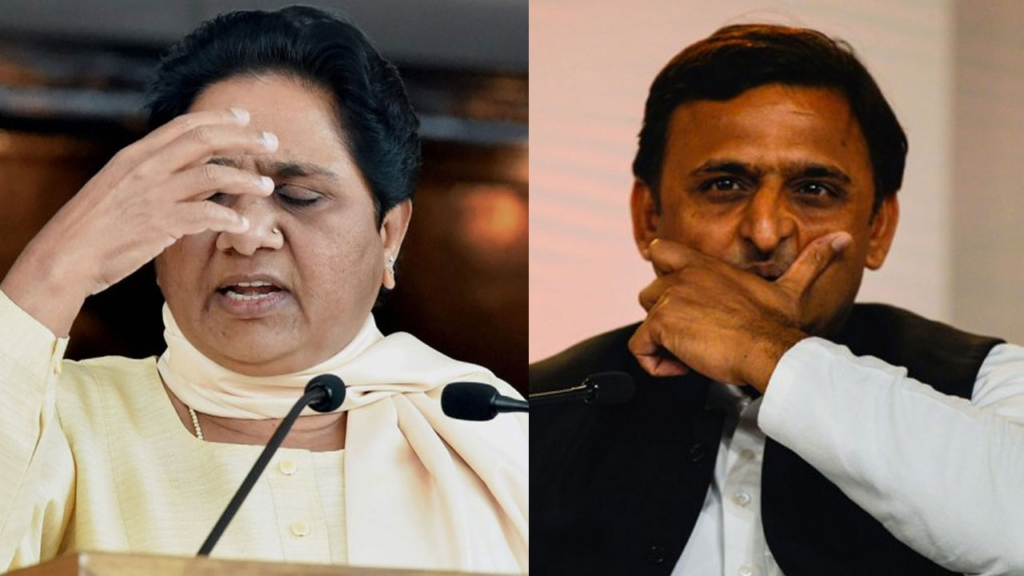Uttar Pradesh has always played a crucial role in all the general elections. Out of 14 prime ministers India has elected so far, 8 hail from Uttar Pradesh, 2 from Punjab, 2 from Gujarat, 1 from Andhra Pradesh, and 1 from Karnataka. For the majority of the time in independent India’s political history, a person from Uttar Pradesh sat on the chair of prime minister. Even Narendra Modi had to contest from Varanasi in Uttar Pradesh to win the 2014 and 2019 Lok Sabha election. It is said that road to Lok Sabha goes through Uttar Pradesh and the state played a crucial role in ensuring BJP’s majority in 2014 general election.
In the 2019 general elections, BJP is progressing towards another major historic majority. The SP-BSP RLD Mahagathbandhan which was expected to stop BJP from repeating the 2014 tally, failed to do so. As of 12:40, BJP is leading on 59 seats, Mahagathbandhan on 20 seats while Congress on 1 seat. In Mahagathbandhan, BSP is performing better (leading on 11 seats) compared to SP which is leading on 6 seats. Rahul Gandhi, president and dynast of Congress party is trailing to Smriti Irani. He is expected to lose the prestigious Amethi seat which has elected a Congress MP for the last two decades and almost all members of the family has been elected from here. This is the second time since first prime minister of India, Jawaharlal Nehru with majority for two consecutive times.
The Mahagathbandhan tried to bring Dalit, Yadav, and Muslim together and stitch an unformidable alliance. However, they could not break the Modi wave as the majority of Yadav’s decided to vote for BJP. The traditional ‘vote bank’ of parties did not transfer the vote to candidates of other parties.
The rise of Narendra Modi in Indian national politics had changed the previous equations of Indian politics. The ‘caste equation’ which has been central to Indian politics since the late 1960s, changed drastically in the Modi era. Previously, most of the castes voted en masse to a particular party as a consolidated ‘vote bank’ and political parties tried to stitch an alliance of two or three important ‘voting blocks’ to win the election.
In Uttar Pradesh, a good number of Yadav population voted for BJP in 2014 general elections and 2019 general elections. Most of the young Yadav voters prefer PM Modi over Mulayam Singh or Akhilesh, at least for Lok Sabha elections. For young middle-class Yadav voters, the issues of national security, foreign policy, social welfare schemes matter more than caste-based affiliations.
In a report published by Scroll, similar sentiments have been echoed by young Yadav voters in rural areas of Uttar Pradesh, “In spite of being a Yadav, I will vote for Modi because he provides two square meals for my family,” said Krishna Murari Yadav, a contractor from Gorakhpur’s Durgapur village who builds housing and toilets under the central government’s schemes. “Everywhere I go the poor give me their blessings and I tell them to thank Modi. These people will vote for him because no one else has done so much for them.” He claimed that if the BJP retained power, it would “only be because of these welfare schemes”.
It is very clear that people across the caste, community and religion voted for BJP on the development plank. The modern voter is not very much rooted in caste alliances and the issues of national security, economic growth, foreign policy seems more important to them. And Modi has delivered on all of these issues, therefore, BJP was voted back to power by people of Uttar Pradesh.
